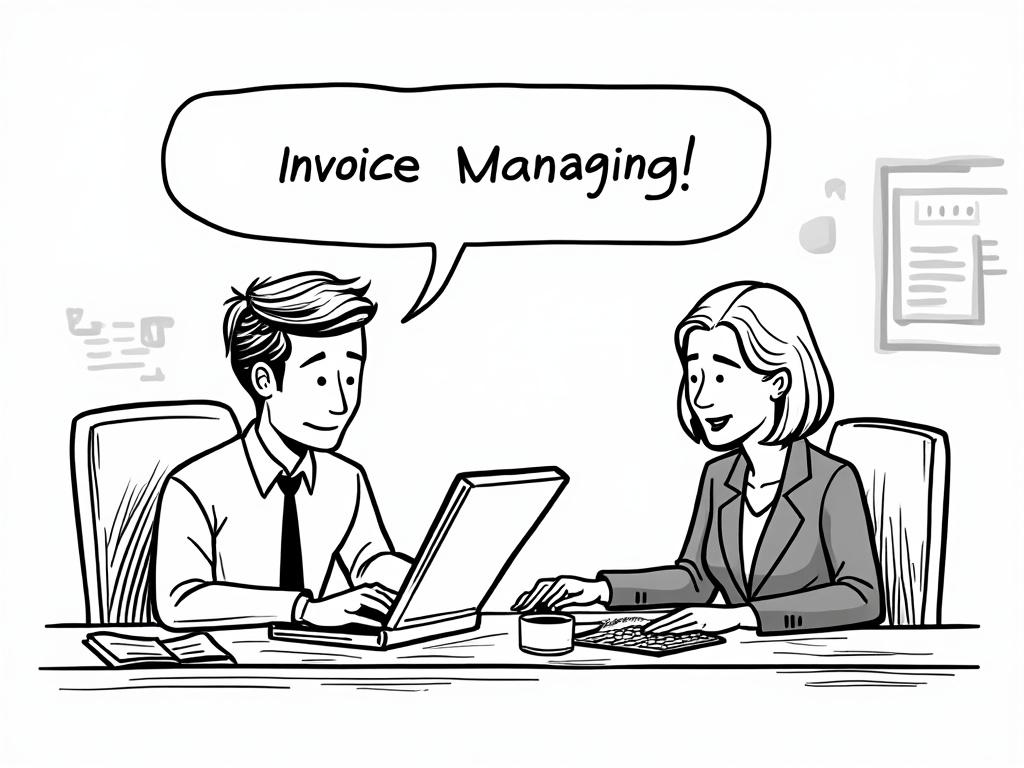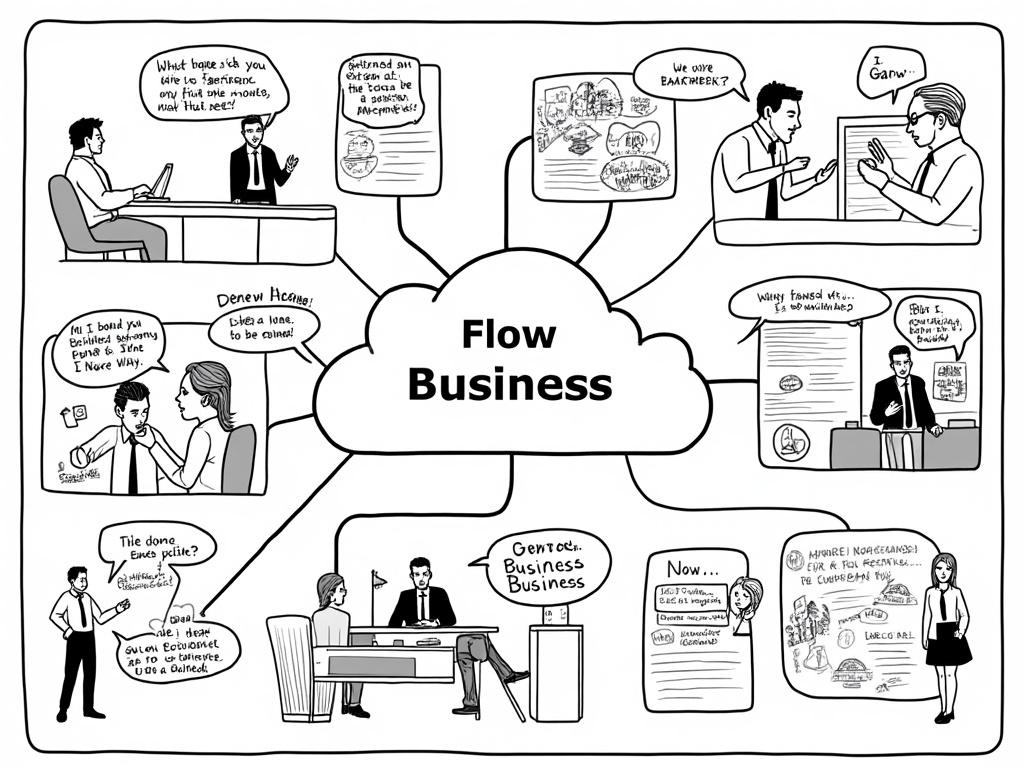
Spain Annual Accounts (Cuentas Anuales): A Comprehensive Filing Guide
Reading time: 13 minutes
Table of Contents
- Introduction to Spanish Annual Accounts
- Understanding Cuentas Anuales Requirements
- Preparing Your Annual Accounts
- The Filing Process: Step-by-Step Guide
- Common Challenges and How to Overcome Them
- Ensuring Compliance and Avoiding Penalties
- Leveraging Technology for Efficient Filing
- Conclusion
- Frequently Asked Questions
Introduction to Spanish Annual Accounts
Navigating Spain’s annual accounts filing requirements can feel like deciphering an ancient code. Whether you’re a seasoned business owner or a newcomer to the Spanish market, understanding the Cuentas Anuales process is crucial for maintaining good standing with regulatory authorities and avoiding potentially costly penalties.
In Spain, annual accounts aren’t just a formality—they’re a legal obligation that provides transparency about your company’s financial health to stakeholders, creditors, and the government. The process may seem daunting at first, but with the right approach, it becomes a manageable part of your business operations.
As one Spanish tax advisor put it: “Annual accounts filing in Spain isn’t just about compliance—it’s about creating financial clarity that benefits both your business planning and external relationships.”
Understanding Cuentas Anuales Requirements
Who Must File Annual Accounts in Spain?
The filing requirement applies to most business entities operating in Spain, but with some variations based on company structure and size:
- Sociedades Anónimas (S.A.) – Public limited companies
- Sociedades de Responsabilidad Limitada (S.L.) – Private limited companies
- Sociedades Comanditarias por Acciones – Limited partnerships with shares
- Sucursales – Branches of foreign companies
- Autónomos – Self-employed individuals (different requirements apply)
Certain entities like sole traders (autónomos) operate under different requirements, but most corporate structures must comply with the standard annual accounts filing process.
Key Components of Spanish Annual Accounts
Spanish annual accounts consist of several essential documents that work together to present a comprehensive picture of your company’s financial position:
- Balance Sheet (Balance de Situación) – A snapshot of your company’s assets, liabilities, and equity at the end of the fiscal year
- Profit and Loss Account (Cuenta de Pérdidas y Ganancias) – Details your income, expenses, and profits or losses
- Notes to the Accounts (Memoria) – Additional explanations and clarifications about the figures presented
- Statement of Changes in Equity (Estado de Cambios en el Patrimonio Neto) – Shows changes in your company’s net worth
- Cash Flow Statement (Estado de Flujos de Efectivo) – Tracks how cash moves in and out of your business
- Management Report (Informe de Gestión) – Required for companies that cannot file abbreviated accounts
Well, here’s the straight talk: Not all companies need to provide all these documents. The specific requirements depend on your company’s size and classification.
Preparing Your Annual Accounts
Size-Based Filing Requirements
Spanish law recognizes that not all businesses have the same resources or complexity, so filing requirements are categorized by company size:
| Criteria | Micro-entities | Small Companies | Medium Companies | Large Companies |
|---|---|---|---|---|
| Total Assets | ≤ €1 million | ≤ €4 million | ≤ €20 million | > €20 million |
| Annual Turnover | ≤ €2 million | ≤ €8 million | ≤ €40 million | > €40 million |
| Average Employees | ≤ 10 | ≤ 50 | ≤ 250 | > 250 |
| Filing Format | Simplified Micro | Abbreviated | Standard | Standard + Additional |
| Audit Required | No | No* | Yes | Yes |
*Unless they meet specific conditions that trigger an audit requirement
To qualify for a specific category, your company must meet at least two of the three criteria for two consecutive years.
Timing and Deadlines
The timeline for preparing and filing annual accounts follows a strict schedule:
- Preparation deadline: Within 3 months after the fiscal year-end (typically March 31st for companies with December 31st year-end)
- Approval deadline: Within 6 months after the fiscal year-end (typically June 30th)
- Filing deadline: Within 1 month after approval (typically July 30th at the latest)
Quick Scenario: Imagine you’re running a small tech consultancy in Barcelona. Your fiscal year ends on December 31st. By March 31st, your accountant should have prepared the annual accounts. By June 30th, you need to have held a shareholders’ meeting to approve them, and by July 30th, they must be filed with the Mercantile Registry.
Missing these deadlines isn’t just a minor oversight—it can result in the inability to register important company documents and potential fines ranging from €1,200 to €60,000 depending on company size and circumstance.
The Filing Process: Step-by-Step Guide
Preparation Phase
Successful filing starts with meticulous preparation:
- Compile financial information – Gather all relevant financial data, including bank statements, invoices, expense receipts, payroll information, and asset records
- Prepare financial statements – Work with your accountant to draft the required documents according to Spanish accounting standards (Plan General Contable)
- Coordinate with external auditors – If required, schedule and complete the audit process well before the filing deadline
- Draft directors’ report – Prepare a comprehensive overview of the company’s performance and outlook
- Prepare corporate income tax return (Impuesto sobre Sociedades) – This must be aligned with your annual accounts
Pro Tip: The right preparation isn’t just about avoiding problems—it’s about creating accurate financial representations that can inform strategic decision-making for the coming year.
Approval Process
Once prepared, the accounts must be formally approved:
- Directors’ sign-off – All directors must sign the annual accounts
- Convene shareholders’ meeting – Follow proper procedures for notifying shareholders
- Hold the general meeting – Present the accounts for approval by shareholders
- Document the approval – Record the approval in official meeting minutes
- Prepare the accounts for filing – Format the documents according to Mercantile Registry requirements
Submission Process
The actual filing involves several specific steps:
- Digital certification – Obtain or ensure your digital certificate is valid (typically a CERES certificate from the Spanish Mint)
- Access the filing platform – Use the online portal from the Colegio de Registradores
- Complete the standard form – Fill in the required information about your company
- Upload documents – Attach the prepared annual accounts in the required format (typically PDF and D2 format)
- Digital signature – Sign the submission electronically
- Pay the filing fee – Complete the payment (fees vary based on company size, typically €20-€120)
- Receive confirmation – Keep the receipt and filing confirmation for your records
Case Study: Iberian Solutions SL, a medium-sized software company in Madrid, streamlined their filing process by implementing a quarterly financial review system. This approach allowed them to identify and resolve potential issues throughout the year, resulting in a smoother annual accounts preparation process and error-free submissions for three consecutive years.
Common Challenges and How to Overcome Them
Technical and Procedural Hurdles
Many companies encounter similar obstacles when filing their annual accounts:
- Digital certificate issues – Ensure your certificate is renewed well before the filing period and that multiple authorized persons have access
- Format compatibility problems – Test your document compatibility with the Mercantile Registry system before the deadline approaches
- System overloads near deadlines – File early to avoid the last-minute rush when systems may slow down or crash
- Language barriers – The filing process is primarily in Spanish; engage professionals with appropriate language skills
Solution Strategy: Create a filing preparation checklist that includes technical verification steps at least two months before your deadline.
Financial and Compliance Complications
Beyond technical issues, substantive challenges often arise:
- Reconciliation discrepancies – Differences between tax declarations and annual accounts
- Complex group structures – Navigating consolidated accounts for corporate groups
- Changes in accounting regulations – Adapting to updates in the Plan General Contable
- Cross-border transactions – Properly accounting for international operations
Case Study: A Barcelona-based retailer with operations in France and Portugal found themselves struggling with reconciliation issues due to different accounting treatments across borders. By implementing specialized cross-border accounting software and engaging advisors with specific experience in their operating countries, they reduced preparation time by 40% and eliminated filing errors.
Ensuring Compliance and Avoiding Penalties
Common Filing Errors
Even experienced businesses make mistakes. Here are the most frequent errors and how to avoid them:
- Inconsistent financial data – Ensure figures match across all documents and previous filings
- Incomplete documentation – Use a comprehensive checklist to verify all required components are included
- Improper signatures – Confirm all required parties have properly signed the documents
- Missing notes disclosures – Review disclosure requirements carefully, especially for related-party transactions
- Incorrect application of accounting principles – Consult with specialists for complex transactions
Penalty Framework
The Spanish authorities take annual accounts compliance seriously, with penalties that can significantly impact your business:
- Late filing fees – Ranging from €1,200 for small companies to €60,000 for large entities
- Registry sanctions – Inability to register important company documents until annual accounts are filed
- Corporate “lockdown” – The Mercantile Registry will be effectively closed to the company until compliance is achieved
- Tax implications – Potential for increased tax authority scrutiny and questions about tax positions
- Reputational damage – Public record of non-compliance accessible to potential business partners and clients
Practical Roadmap to Avoid Penalties:
- Set internal deadlines at least one month before official deadlines
- Implement a multi-level review process for all documents
- Maintain ongoing communication with your accountant throughout the year
- Create a compliance calendar with automatic reminders
- Consider engaging specialized annual accounts filing services for complex situations
Leveraging Technology for Efficient Filing
Digital Tools and Resources
Modern technology can transform the annual accounts process from a burden into a streamlined operation:
- Accounting software with Spanish compliance features – Solutions like Sage, A3, or ContaPlus are specifically designed for Spanish accounting requirements
- Digital documentation management – Organize supporting documents throughout the year
- Automated reconciliation tools – Reduce manual checking and human error
- D2 format generators – Create the specialized format required by the Mercantile Registry
- Collaborative platforms – Enable real-time work between internal teams and external advisors
Pro Tip: When selecting accounting software for a Spanish business, prioritize solutions that automatically generate the standard annual accounts formats recognized by the Mercantile Registry.
Working with Professional Services
While technology helps, human expertise remains essential:
- Selecting the right professionals – Look for accountants and tax advisors with specific Spanish annual accounts experience
- Gestor administrativo services – These specialized professionals can handle the entire filing process
- Communication best practices – Establish clear timelines and responsibilities with your service providers
- Information sharing protocols – Create secure, efficient channels for sharing financial data
- Ongoing advisory relationships – The best value comes from advisors who know your business throughout the year, not just at filing time
Effective collaboration between your internal team and external professionals is often the difference between a stressful filing experience and a smooth one. As one business owner noted: “Once we started treating our annual accounts as a year-round process rather than a one-time event, everything became much more manageable.”
Conclusion
Successfully navigating Spain’s annual accounts process requires a blend of technical knowledge, careful planning, and methodical execution. While the requirements may seem demanding, they ultimately serve a valuable purpose: creating transparency and accountability in the Spanish business environment.
Remember that annual accounts aren’t just a compliance exercise—they’re a valuable business tool that can provide insights into your company’s performance and financial health. By approaching the process strategically and investing in the right resources, you can turn a potential administrative burden into an opportunity for financial clarity and business improvement.
Whether you’re managing a small startup or a large corporation, the key to success lies in preparation, attention to detail, and staying ahead of deadlines. With the right approach, filing your Spanish annual accounts can become a routine part of your business operations rather than an annual source of stress.
Ready to transform complexity into competitive advantage? Start by reviewing your current annual accounts process against the guidelines in this article and identify opportunities for improvement in your next filing cycle.
Frequently Asked Questions
What happens if I miss the annual accounts filing deadline in Spain?
Missing the filing deadline triggers several consequences. First, you’ll face potential fines ranging from €1,200 for small companies to €60,000 for large entities. Additionally, the Mercantile Registry will effectively close to your company, meaning you cannot register important documents like capital increases, changes in directors, or certain contracts. This “registry lockdown” continues until you file your annual accounts. The non-compliance also becomes public record, potentially affecting your reputation with partners, suppliers, and financial institutions. To resolve a missed deadline, prepare and file your accounts as soon as possible, as penalties typically increase with the duration of non-compliance.
Can foreign business owners file annual accounts in English or other languages?
No, Spanish annual accounts must be filed in Spanish (or in co-official languages such as Catalan, Galician, or Basque in their respective regions, though Spanish versions may still be required). This applies to all elements including financial statements, notes, and management reports. While you may maintain internal records in other languages, all official filings must be translated. The Spanish authorities do not accept submissions in English or other foreign languages, regardless of your company’s international status. Foreign business owners should budget for professional translation services or work with bilingual accounting professionals who can prepare compliant documentation directly in Spanish.
Is it possible to amend annual accounts after they’ve been filed?
Yes, you can amend annual accounts after filing, but the process is specific and somewhat restrictive. If you discover errors or omissions, you must prepare new accounts addressing only the specific errors, have them approved by shareholders, and file them as a correction to the original submission with a clear explanation of what’s being corrected and why. The amendment must occur within the same calendar year as the original filing. For errors discovered later, you may need to note the corrections in subsequent years’ accounts. Be aware that frequent amendments may trigger increased scrutiny from tax authorities. The amendment process requires the same formalities as the original filing, including signatures from directors and shareholders’ approval.



